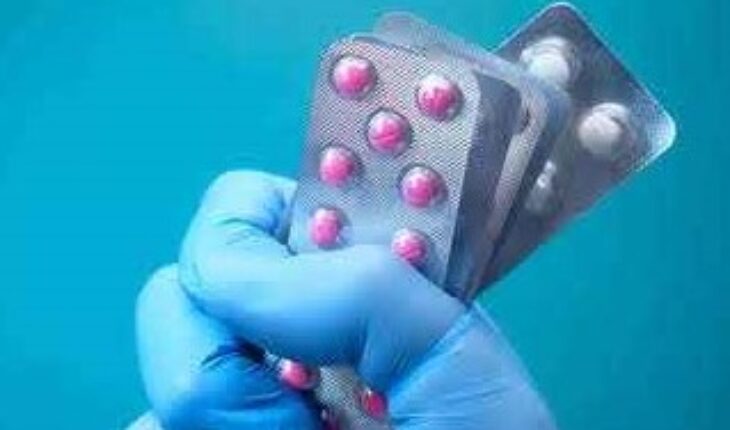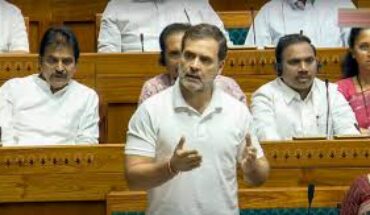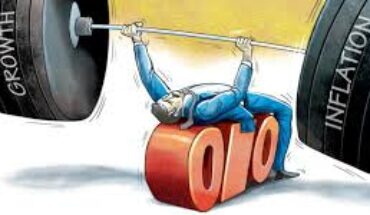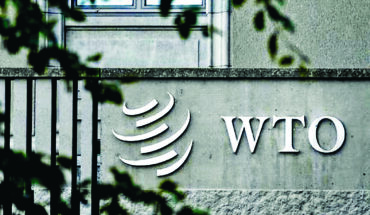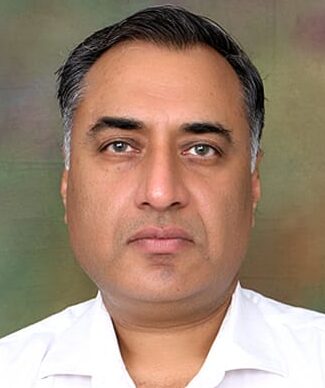
For 2022-23, India imported $3.18 billion worth of Active Pharmaceutical Ingredients (APIs) and Intermediates as per the Pharmaceutical Exports Promotion council (Pharmexcil) as compared to $3.12 billion imports (out of overall imports of $4.5 billion) in 2021-22 resulting into an increase of 1.74 per cent. This reflects that Production-Linked Incentive (PLI) Scheme for the sector is boosting local production as in FY2021-22, increase in imports stood at 19.5 per cent in comparison to 2020-21. In 2018-19, pharmaceutical companies/organizations in India imported bulk drugs and intermediates from China, worth $2.4 bn. So, India is importing about 70 per cent of imported bulk drugs (also called Active Pharmaceutical Ingredients, i.e. APIs), Key Starting Materials (KSM) and intermediates from China. In this background, the rationale behind the Schemes – “Promotion of Bulk Drug Parks” (approved on March 20, 2020) and resultant approval of three bulk drug parks on Sept. 1, 2022 in Una (Himachal Pradesh), Bharuch (Gujarat) and East Godavari (Andhra Pradesh) targeting 451 APIs, and 24 KSMs/DIs, and “Production Linked Incentive Scheme” for promotion of domestic manufacturing of KSMs/DIs and APIs in India as notified on July 21, 2020 which focused on 53 identified products (APIs) for 41 products, was understandable.
In the wake of Covid-19, a government panel set up by the Department of Pharmaceuticals chaired by Joint Drug Controller in its report submitted in February 2020 reviewed 54 drugs. The Committee recommended for restricting exports of 12 drugs such as neomycin, Vitamins B1, B12, B6, tinidazole, erythromycin, etc. as their API was imported from Hubei, Wuhan, which was the epicentre of Covid-19 and the capital of Hubei province only. Out of these 54 drugs, 32 drugs were considered as ‘critical and essential’, 15 as ‘non-critical and essential’ and 07 as ‘essential drugs’. The Committee also underlined the fact that India has no alternative for certain APIs which are used to make critical and essential drugs. These APIs included ceftriaxone sodium sterile, ciprofloxacine, gentamycin, meropenam, potassium clavulanate, vancomycin, among others. Subsequently, in April 2020 the Director General of Foreign Trade (DGFT) removed the restrictions over exports except for paracetamol. These drugs belonged to different therapeutic categories, and 38 drugs were covered under the National List of Essential Medicines (NLEM) and Schedule 1 of the Drug Prices (Control) Order.
This issue of dependence on China is not a recent one but has historical reasons behind the same. Chinese connection to drug prices in India exists from 1962 onwards as for the first time; the prices of drugs were brought under statutory control in the wake of the Chinese aggression and the declaration of emergency in 1962. Because of soaring prices of medicines, the Drugs (Display of Prices) Order 1962 and the Drugs (Control of Prices) Order, 1963 were promulgated under the Defence of India Act. These orders had the effect of freezing the prices of drugs as on April 01, 1963.
In 2008, drug industry in India was severely affected by shortage in the supply of API from China due to the closure of manufacturing units during the Beijing Olympics. As a result, drug manufacturers demanded from the NPPA to allow them to revise the prices of drugs directly in proportion with increase in the cost of input materials.
In November 2014, the then Union Minister of Chemicals and Fertilizers in a reply to an unstarred question in Lok Sabha replied that as per records available with the Department of Pharmaceuticals in case of 12 essential drugs as defined in the NLEM 2011, there was a significant dependence on imports for the drug ingredients and 80-90 per cent of these imports were from China. Recognizing the importance of bulk drugs, the government declared the year 2015 as ‘Year of Active Pharmaceutical Ingredients’.
In February 2015 too, in response to a question in Parliament, the then Minister of Commerce and Industry, Nirmala Sitharaman replied that the estimated production of bulk drugs by indigenous drug manufacturing companies in 2013 was US$10.4 bn and import was $3.5 bn. And in case of 12 essential drugs namely, Paracetamol, Metformin, Ranitidine, Amoxicillin, Ciprofloxacin, Cefixime, Acetyl salicylic acid, Ascorbic acid, Ofloxacin, Ibuprofen, Metronidazole and Ampicillin, there is significant dependence on imports for drug ingredients; and substantial imports are from China. One of the reasons for imports from China remained the competitiveness of these products. In February 2016 again, Nirmala Sitharaman raised serious concerns over increasing imports of APIs and asked experts and industry to work in this direction so as to lower the dependence on imports.
Pharma industry representatives have also pointed out the repercussions of dependence on Chinese pharma industry. Dr. Y. K. Hamied, Chairman of Cipla was quoted by Research and Information System for Developing Countries (RIS) Policy brief (February 2015, No. 66) on this count. Dr. Hamied said that ‘if China decided one bright day to stop export to India, we would be finished. The pharma industry is zero, both domestic and export, and we are looking at that danger objectively.’
Contributory factors to the decline of Indian pharma industry’s competitiveness to Chinese manufacturers are numerous and require detailed analysis. One major reason behind the loss of competitiveness was the price control regime prevailing before Drugs (Prices Control) Order, 2013. The Drugs (Prices Control) Order, 1979 contained the provision for fixation of price of indigenously produced bulk drugs as specified therein totalling 347 in number. Dr. Pronab Sen in his report (2005) noted that in case of bulk drugs manufactured from basic stages or through fermentation process, the cost-effectiveness was lacking. The Committee also observed that ‘Fragmentation of capacities’ and resultant ‘non-availability of scale of economies’ was another important reason. In 1970, almost all bulk drugs were under price control as prices of 18 bulk drugs were fixed and the prices of other bulk drugs were frozen. Later on, the number of bulk drugs under price control was reduced to 347 bulk drugs. The number went down further to 142 bulk drugs in 1987 and just 76 were under the Drugs (Prices Control) Order, 1995. It is pertinent to note that before 1991, Indian pharmaceutical industry was dependent on China for just 0.3% of its API requirements. By the year 2009, the number of bulk drugs under price control got reduced to 74. Of these 74 bulk drugs under price control (about 10% of total APIs in the country at that time), only 15 bulk drugs were present in the National List of Essential Medicines (NLEM), which was just about 4% of the total number of drugs in the NLEM. In this background, the major weakness of the price control regime was ‘overly focus’ on bulk drugs and consequential impact on bulk drug manufacturers. There is clear evidence of several bulk drugs going out of production as the bulk drug manufacturers were constrained to sell at a fixed price. Out of 74 bulk drugs under price control, only 47 were being manufactured. And bulk drug manufacture of 25 of the 74 key DPCO molecules moved from India to China. Through DPCO, 2013 a market-based pricing mechanism was introduced to control prices of medicines and instead of price control on bulk drugs, thereby bringing formulation prices under price control.
Dr. Anil Kumar Angrish, Associate Professor, Department of Pharmaceutical Management, NIPER, SAS Nagar (Mohali), Punjab
Disclaimer: Views are personal and do not represent the views of the Institute.


